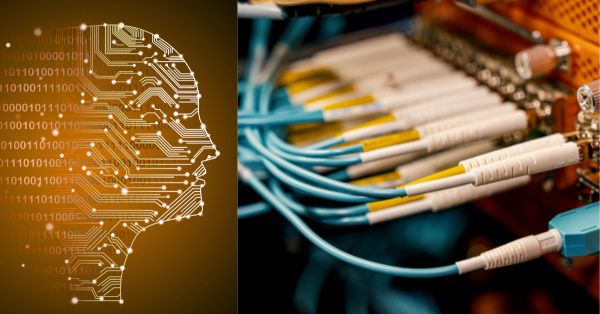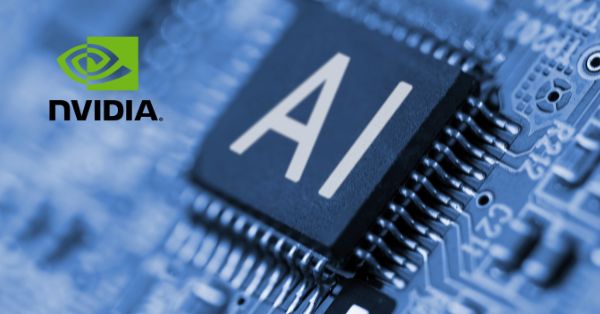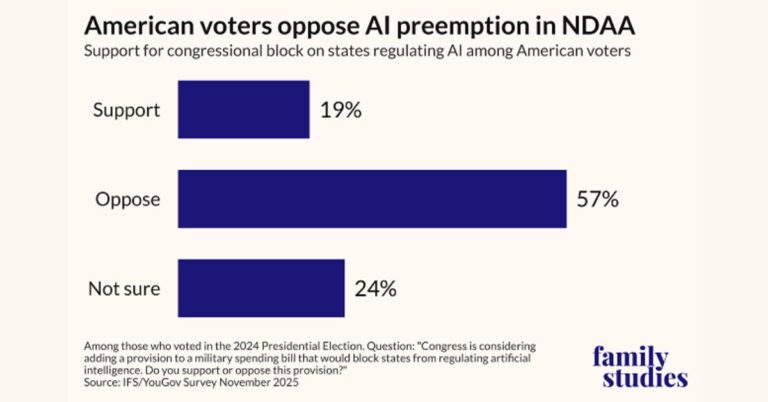AI automation in optical operations with Nokia and du
Nokia and du completed a production-style trial that applied classical and generative AI to accelerate optical network planning and day-to-day operations.
WaveSuite AI automation trial details
The partners tested Nokia’s WaveSuite AI, an automation assistant that exposes network intelligence through a natural-language interface. Engineers queried live network status, pulled the right technical documentation on demand, and modeled future capacity needs without jumping across multiple tools. The assistant blended deterministic algorithms with GPT-driven guidance to keep context from network data while simplifying how tasks are initiated and executed.
Measured results: planning time halved, 30% design gains
du cited faster troubleshooting, fewer errors in routine changes, and better resource utilization. The operator also reported concrete planning gains: roughly half the time to develop optical plans and about 30% greater efficiency in network designs, which translates to less overbuild and faster time-to-market. The net effect is improved service delivery and a smoother experience for operations teams tasked with meeting strict SLAs.
Why optical networks need AI automation now
Traffic and complexity are rising together as regional data center expansion and AI workloads drive sustained demand for high-capacity, low-latency transport. Manual workflows struggle with multi-vendor inventories, evolving photonic layers, and dense service portfolios. AI-assisted operations promise two levers—speed and accuracy—so operators can provision capacity, uphold SLAs, and contain opex without compromising reliability.
How WaveSuite AI automates optical workflows
The assistant shifts common optical tasks from siloed tools and tribal knowledge to guided, data-driven workflows accessible in plain language.
Natural-language co-pilot for network engineers
Instead of parsing CLI outputs or searching through wikis, engineers ask questions and receive context-aware answers grounded in current network state. That shortens mean time to repair and reduces the handoffs that delay changes. It also lowers the barrier for less-experienced staff to execute complex tasks safely, with built-in guardrails.
Deterministic and generative AI combined
Classical AI optimizes topologies, lambdas, and protection schemes; generative AI interprets intent, pulls documentation, and explains options. This pairing keeps deterministic control where it matters—capacity planning, path computation, and constraints—while using GPT to streamline human interaction, summarize trade-offs, and suggest next steps.
Use cases: planning through troubleshooting
The trial covered the lifecycle: capacity planning, design validation, documentation retrieval, and real-time status queries. By unifying these touchpoints, the assistant reduces tactical errors that often stem from stale data or inconsistent templates. The result is faster changes, fewer rollbacks, and more confidence in multi-stage upgrades.
Strategic impact for telecom operators
AI in transport is moving from proofs of concept to operations tooling that can harden SLAs and compress delivery timelines.
Meeting AI-era bandwidth and SLA requirements
As cloud and AI clusters scale, optical domains must deliver more bandwidth with predictable latency and availability. AI-driven design helps right-size capacity and protection while avoiding overbuild. In operations, guided workflows reduce change failure rates and underpin premium, SLA-backed connectivity for enterprise, 5G backhaul, wholesale, and data center interconnect.
Human-in-the-loop automation for speed and accuracy
The practical path forward is not full autonomy but human-in-the-loop automation with explainability. WaveSuite AI’s approach aligns with that: deterministic engines handle calculations; the assistant presents options, risks, and documentation. This preserves operator control while accelerating decision cycles—crucial during maintenance windows and incident response.
Integration requirements and data governance
Value hinges on clean data and integration across inventory, controllers, and ticketing. Operators should plan connectors to optical domain managers, topology sources, and service catalogs, and enforce role-based access and audit trails. Governance matters: keep sensitive network data within approved boundaries, set clear approval workflows, and define how AI-generated recommendations are validated in production.
Next steps for operators adopting AI
Executives can turn AI promise into measurable opex and SLA gains by focusing on high-impact tasks, baseline metrics, and disciplined rollout.
Prioritize high-ROI use cases
Prioritize use cases with direct ROI—capacity planning, change validation, service turn-up checks, and incident triage. Set targets for planning cycle time, MTTR, design accuracy, and change failure rate, and benchmark pre- and post-deployment to verify value.
Lay the groundwork for closed-loop automation
Establish a single source of truth for topology and services, normalize telemetry, and adopt intent-based change workflows. When combined with AI assistants, these steps pave the way to closed-loop actions such as automated pre-checks, policy-based path re-optimization, and safer, faster rollouts.
Key KPIs and risk controls to track
Track MTTR reductions, planning throughput, SLA violations, and rollback frequency. Manage risks by enforcing staged deployments, sandbox testing with realistic topologies, and continuous review of AI prompts and outputs. Keep humans in approval loops for critical changes until confidence is proven.
Outlook for AI in transport networks
The UAE’s fast-growing digital economy makes it an ideal testbed for AI-assisted transport operations, with lessons relevant to global carriers.
UAE as an AI operations testbed
du’s results indicate that AI assistants can deliver immediate planning and operations benefits in a live, high-growth market. As regional data center and AI buildouts accelerate, expect wider adoption across optical domains where every minute saved in planning or troubleshooting directly protects revenue and customer experience.
Extending AI to IP-optical and multi-domain automation
The next step is extending assistants across IP, optical, and edge domains, aligning with intent-based networking and closed-loop assurance. Vendors and operators that fuse deterministic optimization with explainable, natural-language guidance will be best positioned to deliver faster services, higher reliability, and lower total cost—at scale.








































